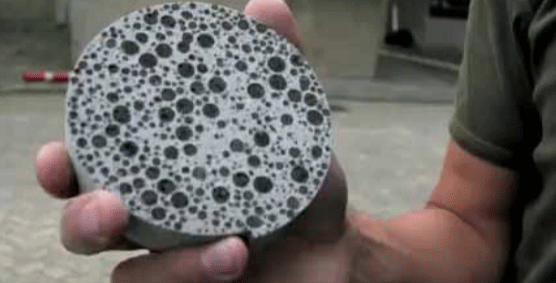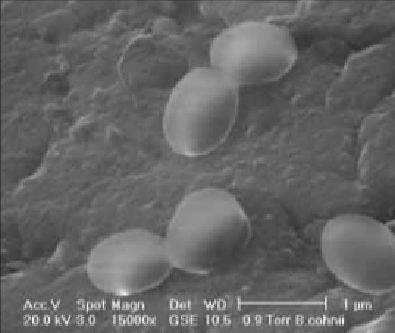Self healing concrete-materials that can repair itself
Prevention is better than cure, and that applies to the construction industry too. Buildings, however, are exposed to the elements for years, even centuries, on end. Air, changes in temperature and, especially, moisture can weaken even the sturdiest of materials over time. However, there is a new generation of materials that can repair itself. That is less expensive than putting up a new building, and better for the environment. Enter the selfhealing concrete.
The inspiration for self-healing concrete comes from nature – limestone producing bacteria, to be specific. When embedded in concrete, these bacteria should be able to repair cracks in it. However, to be able to survive in the concrete, they have to come from good stock: the pH-value of concrete is around 13, which is an extremely alkaline environment. Moreover, the bacteria have to be able to survive the concrete mixer and then they have to wait for years before being able to carry out their restoration work.


Bacillus is best
Bacteria of the bacillus species have exactly the right characteristics. Their spores can survive for decades in a kind of sleep mode, without food or oxygen. In concrete, they will only come to life if water and oxygen are ‘added’ – in other words, if a crack appears in the concrete. They are then able to multiply and produce limestone, thereby closing the crack in a few weeks. Once the crack is closed up completely, moisture can no longer get into the concrete, so it will not weaken. This is the perfect solution for underground spaces for example, in which it is always damp.
How it works
A healing agent for concrete has been developed that is made up of two components: bacillus spores and calcium lactate nutrients. These are set separately into expanded clay pellets, or alternatively in compressed powder granules, a few millimetres in size. The pellets are then added to the wet concrete mix.
When, hopefully years later, cracks begin to form in the concrete, water will enter and open up the pellets. The bacteria will germinate and start to feed on the lactate, thus combining the calcium with produced carbonate ions to form calcite, or limestone. Full scale outdoor testing is under way. A building in the South of Holland has been covered with the bioconcrete and will be monitored over a period of two years.